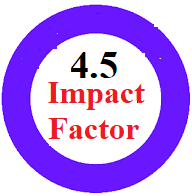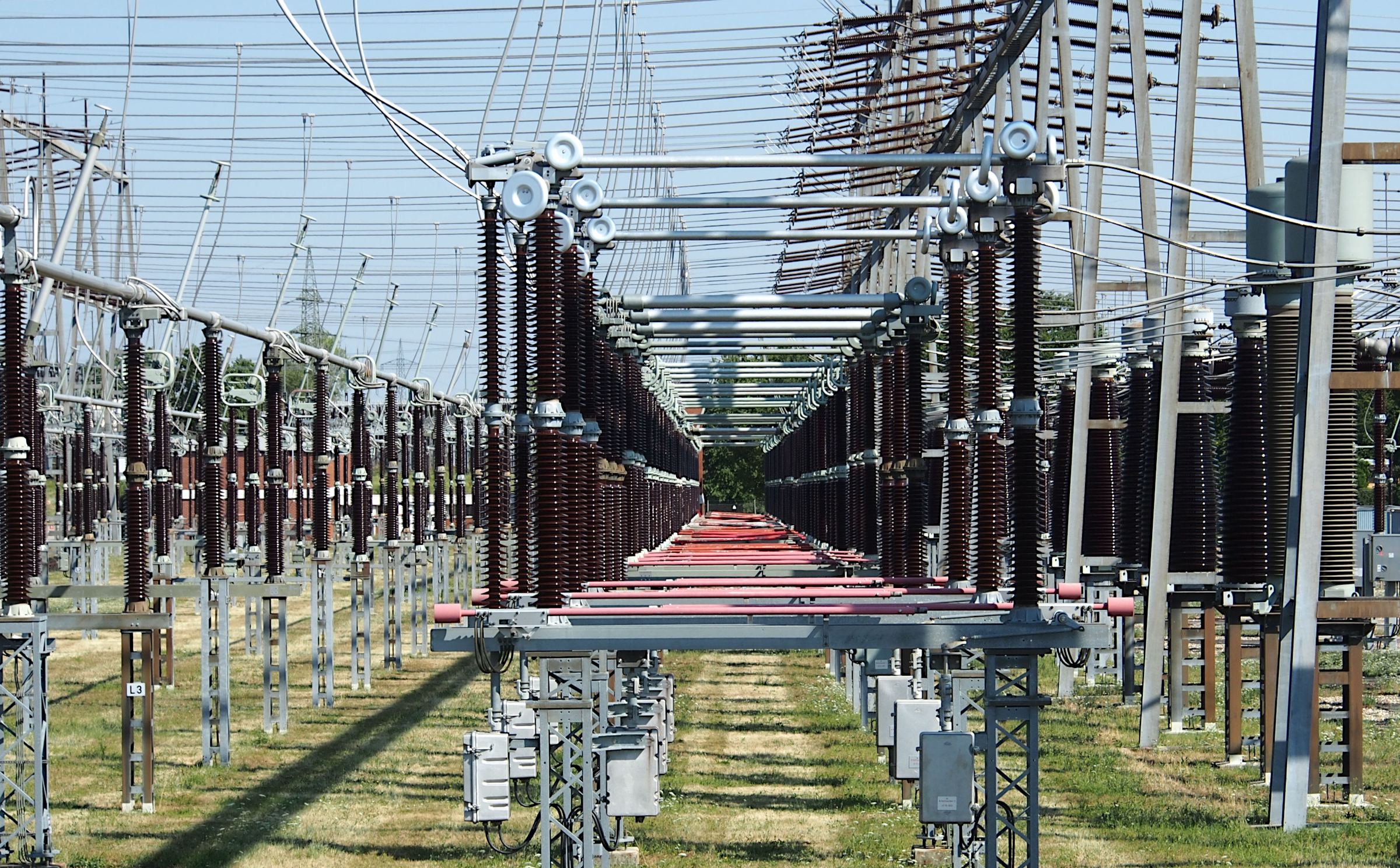DETECTING PLANT LEAF DISEASES USING CNN MODELS; A COMPARATIVE STUDY
Keywords:
DETECTING PLANT LEAF DISEASES USING CNN MODELS, A COMPARATIVE STUDYAbstract
The detection of plant diseases through automated systems has gained significant attention in precision agriculture due to its potential to improve crop yield and reduce reliance on manual inspection. This study presents a comprehensive analysis of vegetable disease classification using convolutional neural networks (CNNs). A dataset containing over 20,000 images covering 15 disease categories and healthy classes was utilised, and both a custom CNN model and pre-trained transfer learning architectures were implemented to assess their efficacy in classifying vegetable diseases.
The research involved detailed experimentation with four models: a custom-designed CNN, VGG19, ResNet50, and Xception. The custom CNN demonstrated promising performance, achieving 87.50% accuracy, highlighting that well-structured lightweight models can provide viable solutions in contexts where computational efficiency is paramount. The VGG19 model, leveraging transfer learning, surpassed the custom model with 89.52% accuracy, while ResNet50 emerged as the top performer, achieving 94.86% accuracy, along with high precision, recall, and F1 score, reflecting its strong generalisation and suitability for practical deployment. In contrast, Xception significantly underperformed, illustrating that model architecture choice and fine-tuning play crucial roles in achieving optimal results for plant disease recognition tasks.
The comparative findings underscore the advantages of transfer learning, particularly with deep architectures like ResNet50, for accurate and reliable disease detection. Moreover, the study highlights the potential of the custom CNN as an efficient alternative for resource-constrained environments. The results pave the way for further exploration into hybrid and ensemble approaches, as well as deployment strategies for field-ready disease detection systems. Future work may focus on class-specific error analysis, model optimisation for edge devices, and strategies for addressing class imbalance to further enhance model robustness.
















